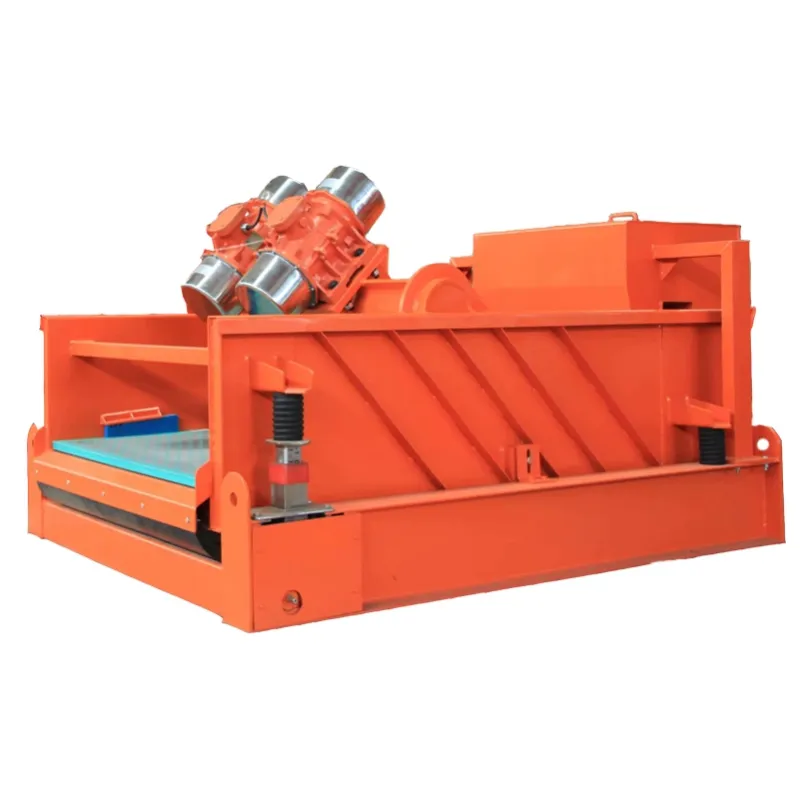- Industrial zone, South of Anping Town, Hengshui, Hebei, China.
- sales@hfpetromesh.com
- +86-18931809706
 Afrikaans
Afrikaans  Albanian
Albanian  Amharic
Amharic  Arabic
Arabic  Armenian
Armenian  Azerbaijani
Azerbaijani  Basque
Basque  Belarusian
Belarusian  Bengali
Bengali  Bosnian
Bosnian  Bulgarian
Bulgarian  Catalan
Catalan  Cebuano
Cebuano  Corsican
Corsican  Croatian
Croatian  Czech
Czech  Danish
Danish  Dutch
Dutch  English
English  Esperanto
Esperanto  Estonian
Estonian  Finnish
Finnish  French
French  Frisian
Frisian  Galician
Galician  Georgian
Georgian  German
German  Greek
Greek  Gujarati
Gujarati  Haitian Creole
Haitian Creole  hausa
hausa  hawaiian
hawaiian  Hebrew
Hebrew  Hindi
Hindi  Miao
Miao  Hungarian
Hungarian  Icelandic
Icelandic  igbo
igbo  Indonesian
Indonesian  irish
irish  Italian
Italian  Japanese
Japanese  Javanese
Javanese  Kannada
Kannada  kazakh
kazakh  Khmer
Khmer  Rwandese
Rwandese  Korean
Korean  Kurdish
Kurdish  Kyrgyz
Kyrgyz  Lao
Lao  Latin
Latin  Latvian
Latvian  Lithuanian
Lithuanian  Luxembourgish
Luxembourgish  Macedonian
Macedonian  Malgashi
Malgashi  Malay
Malay  Malayalam
Malayalam  Maltese
Maltese  Maori
Maori  Marathi
Marathi  Mongolian
Mongolian  Myanmar
Myanmar  Nepali
Nepali  Norwegian
Norwegian  Norwegian
Norwegian  Occitan
Occitan  Pashto
Pashto  Persian
Persian  Polish
Polish  Portuguese
Portuguese  Punjabi
Punjabi  Romanian
Romanian  Russian
Russian  Samoan
Samoan  Scottish Gaelic
Scottish Gaelic  Serbian
Serbian  Sesotho
Sesotho  Shona
Shona  Sindhi
Sindhi  Sinhala
Sinhala  Slovak
Slovak  Slovenian
Slovenian  Somali
Somali  Spanish
Spanish  Sundanese
Sundanese  Swahili
Swahili  Swedish
Swedish  Tagalog
Tagalog  Tajik
Tajik  Tamil
Tamil  Tatar
Tatar  Telugu
Telugu  Thai
Thai  Turkish
Turkish  Turkmen
Turkmen  Ukrainian
Ukrainian  Urdu
Urdu  Uighur
Uighur  Uzbek
Uzbek  Vietnamese
Vietnamese  Welsh
Welsh  Bantu
Bantu  Yiddish
Yiddish  Yoruba
Yoruba  Zulu
Zulu
- Afrikaans
- Albanian
- Amharic
- Arabic
- Armenian
- Azerbaijani
- Basque
- Belarusian
- Bengali
- Bosnian
- Bulgarian
- Catalan
- Cebuano
- Corsican
- Croatian
- Czech
- Danish
- Dutch
- English
- Esperanto
- Estonian
- Finnish
- French
- Frisian
- Galician
- Georgian
- German
- Greek
- Gujarati
- Haitian Creole
- hausa
- hawaiian
- Hebrew
- Hindi
- Miao
- Hungarian
- Icelandic
- igbo
- Indonesian
- irish
- Italian
- Japanese
- Javanese
- Kannada
- kazakh
- Khmer
- Rwandese
- Korean
- Kurdish
- Kyrgyz
- Lao
- Latin
- Latvian
- Lithuanian
- Luxembourgish
- Macedonian
- Malgashi
- Malay
- Malayalam
- Maltese
- Maori
- Marathi
- Mongolian
- Myanmar
- Nepali
- Norwegian
- Norwegian
- Occitan
- Pashto
- Persian
- Polish
- Portuguese
- Punjabi
- Romanian
- Russian
- Samoan
- Scottish Gaelic
- Serbian
- Sesotho
- Shona
- Sindhi
- Sinhala
- Slovak
- Slovenian
- Somali
- Spanish
- Sundanese
- Swahili
- Swedish
- Tagalog
- Tajik
- Tamil
- Tatar
- Telugu
- Thai
- Turkish
- Turkmen
- Ukrainian
- Urdu
- Uighur
- Uzbek
- Vietnamese
- Welsh
- Bantu
- Yiddish
- Yoruba
- Zulu
grating price
Understanding Grating Prices Factors and Trends
Grating prices are an essential consideration in various industries, from construction to food production. These prices can fluctuate based on several factors, affecting both producers and consumers. Understanding the elements that influence grating prices can help stakeholders make informed decisions regarding purchasing, budgeting, and pricing strategies.
One of the primary factors affecting grating prices is the cost of raw materials. Grating, often made from stainless steel, aluminum, or fiberglass, is influenced by the market prices of these metals and materials. For instance, if the prices of stainless steel rise due to increased demand or reduced supply, grating prices will likely follow suit. Conversely, during periods of oversupply or decreased demand for raw materials, prices may drop.
Another significant factor is the production process itself. Manufacturing grating involves a variety of techniques, including welding, machining, and surface treatments. Each of these processes has its associated costs, including labor, energy, and maintenance expenses. As manufacturers strive to enhance efficiency and reduce costs, these savings can sometimes be passed on to consumers, potentially lowering grating prices. However, any increase in production costs, whether due to higher energy prices or labor wage increases, can also lead to higher prices for grating products.
grating price

Market demand plays a crucial role in determining grating prices. Industries that require grating, such as construction, automotive, aerospace, and food processing, are sensitive to changes in demand. For example, during a construction boom, the demand for grating and similar materials can spike, leading to increased prices. On the other hand, during economic downturns, demand may decline, negatively affecting prices. Thus, market trends and economic indicators should be closely monitored by businesses and consumers alike.
Additionally, regional factors can impact grating prices. Geographical location affects shipping costs, availability of raw materials, and manufacturing capabilities. In regions where materials are scarce, transportation costs may increase, resulting in higher prices for grating. Import tariffs and trade regulations can also affect prices, especially in a global market where materials often cross borders.
In recent years, sustainability has become a significant trend influencing grating prices. As industries push for greener solutions, the demand for eco-friendly materials and production processes has increased. While these sustainable practices often come at a higher initial cost, they can lead to long-term savings and reduced environmental impact, influencing purchase decisions.
In conclusion, grating prices are shaped by a complex interplay of raw material costs, production processes, market demand, regional factors, and emerging trends in sustainability. Stakeholders must stay informed about these factors to make effective purchasing and pricing decisions. As the market continues to evolve, understanding these dynamics will be essential for navigating the future of grating pricing.
-
Welded Steel Bar Grating: The Rugged Industrial Flooring Solution Built for Load and LongevityNewsJun.24,2025
-
Steel Walkway Grating: Reliable, Resilient, and Built for Every StepNewsJun.24,2025
-
Shale Shaker Screen for Sale: Optimize Drilling Efficiency with Precision Screening PowerNewsJun.24,2025
-
Shaker Screen for Sale: Elevate Your Drilling Efficiency with Durable Separation SolutionsNewsJun.24,2025
-
Press Locked Steel Grating: Industrial Strength with Precision Fit for Heavy-Duty ApplicationsNewsJun.24,2025
-
Perimeter Safety Netting: The Critical Safety Upgrade for Every HelipadNewsJun.24,2025